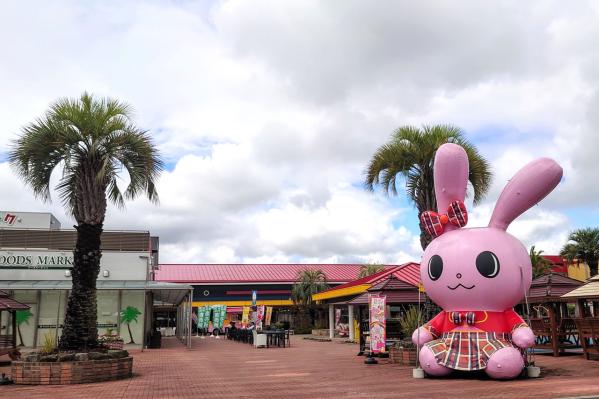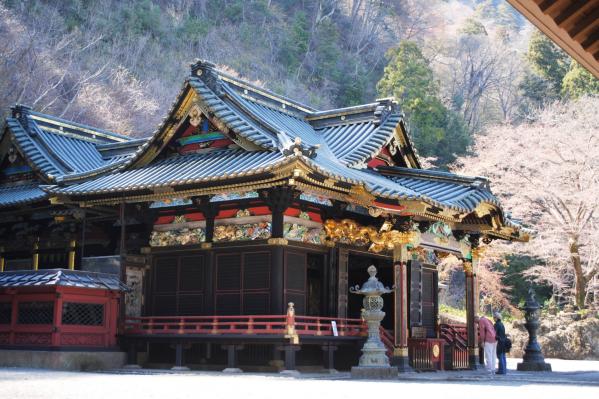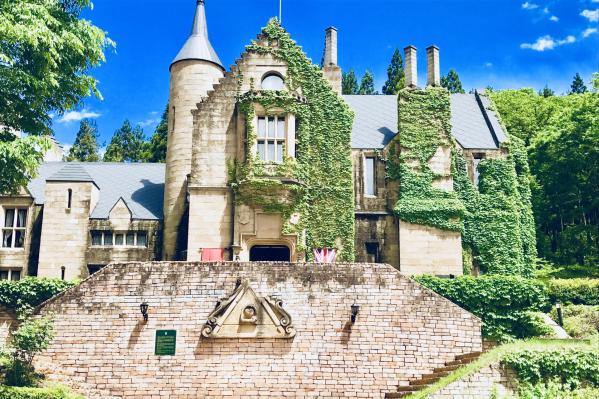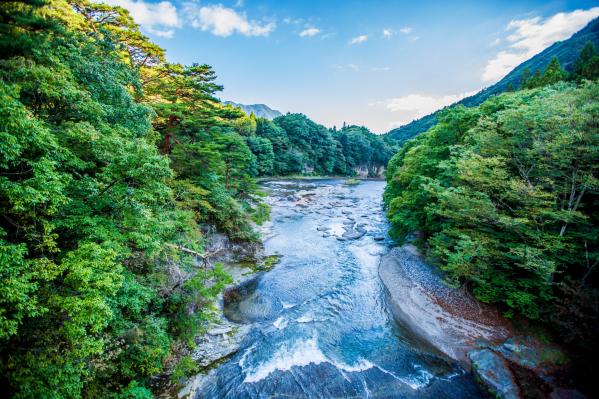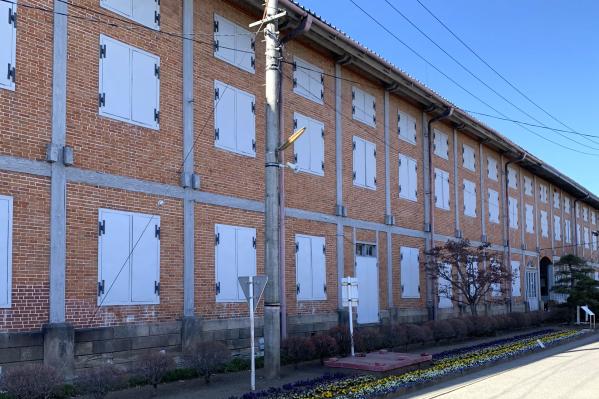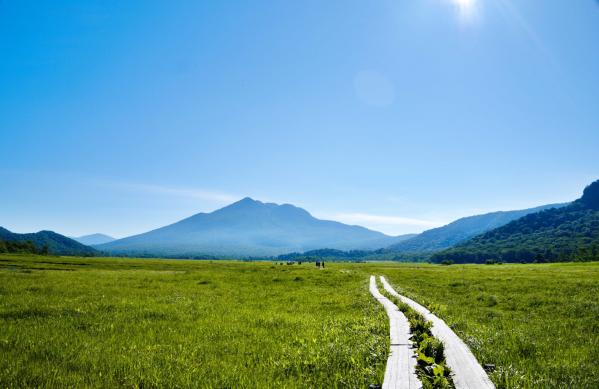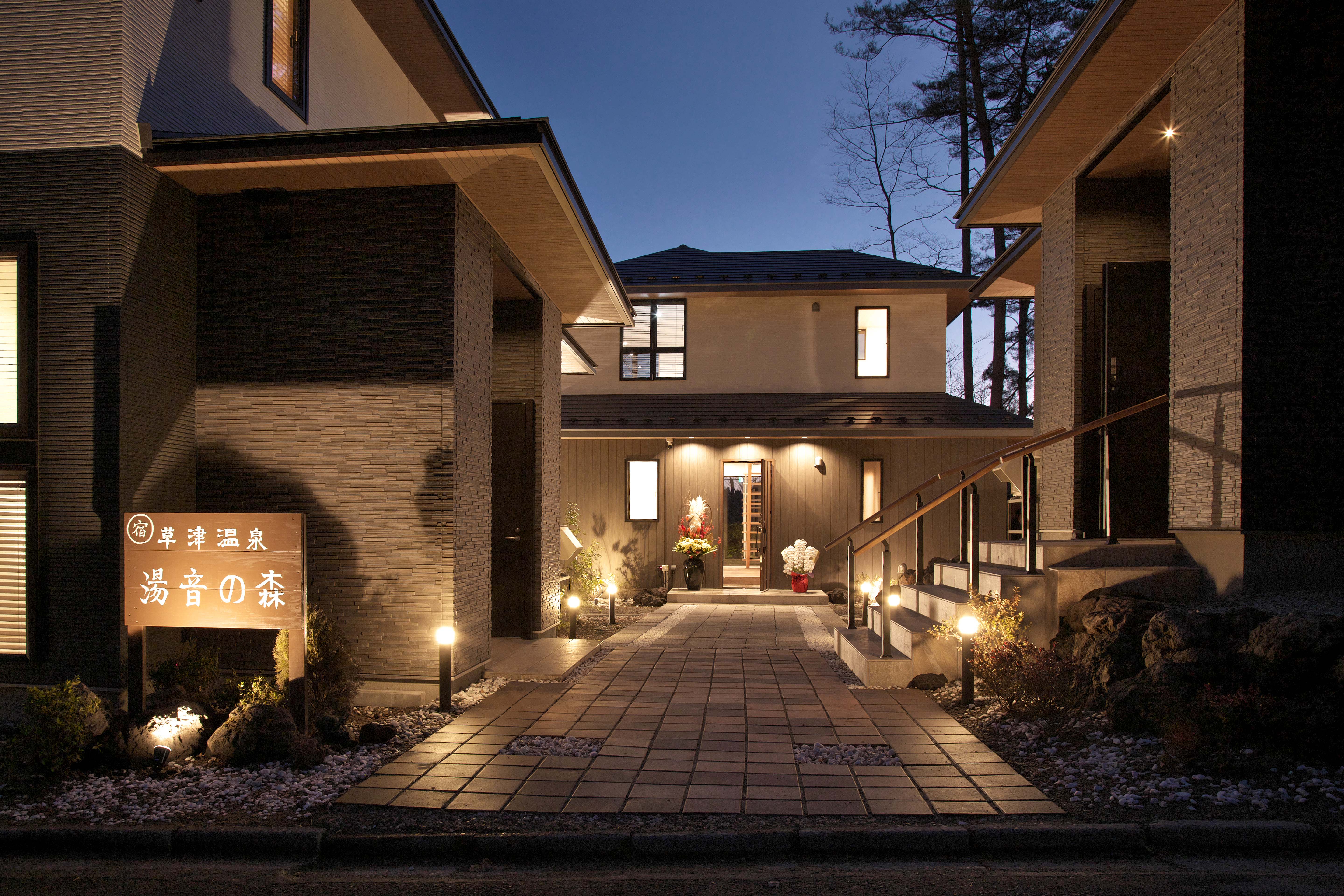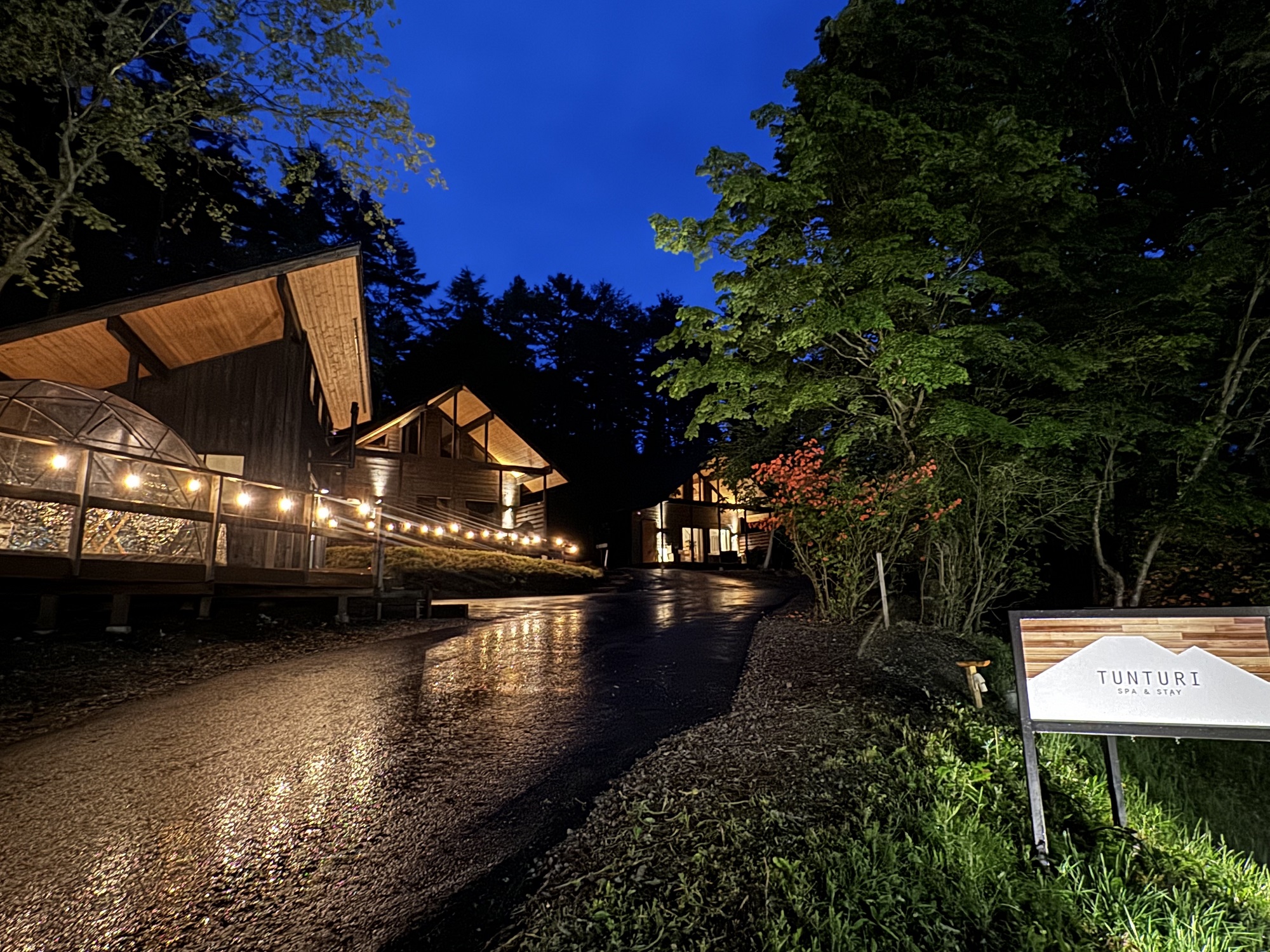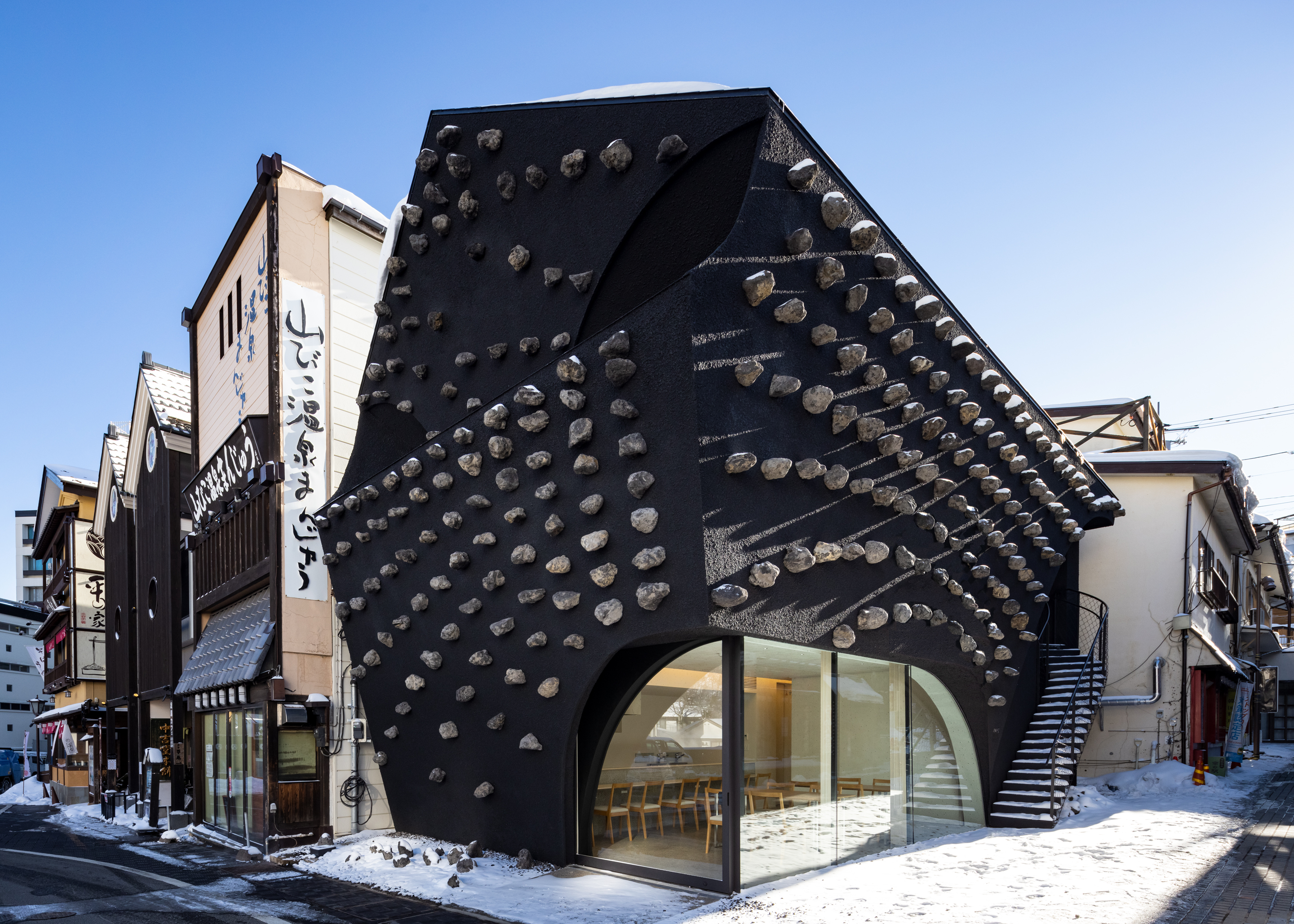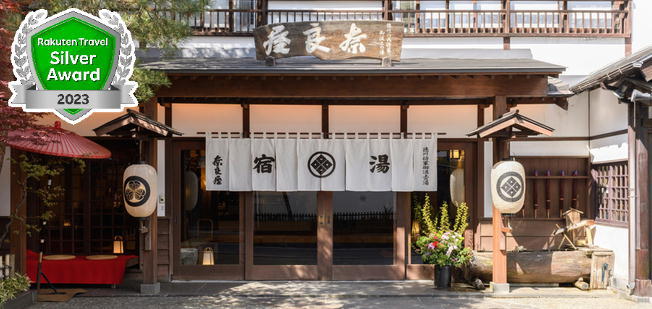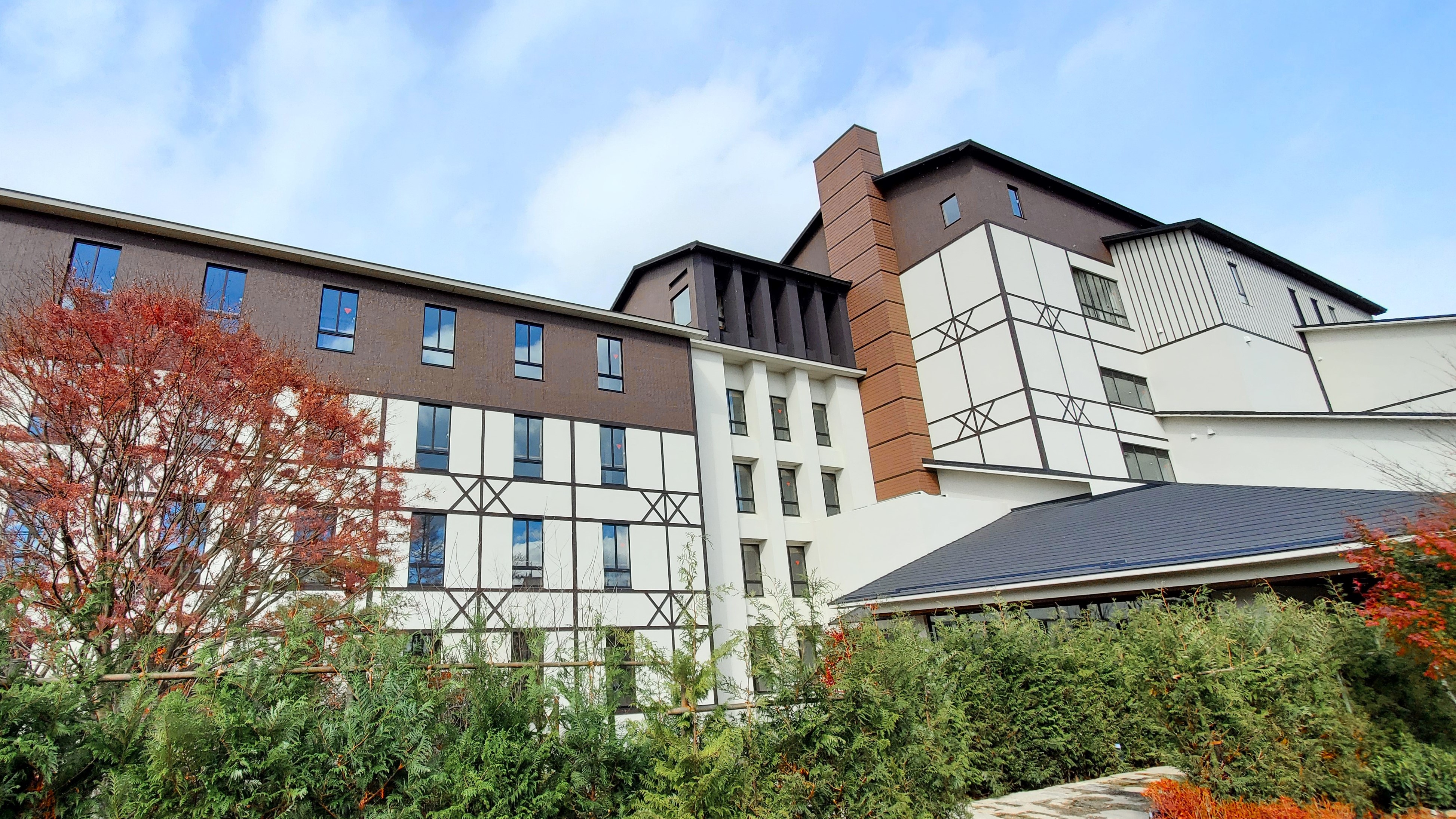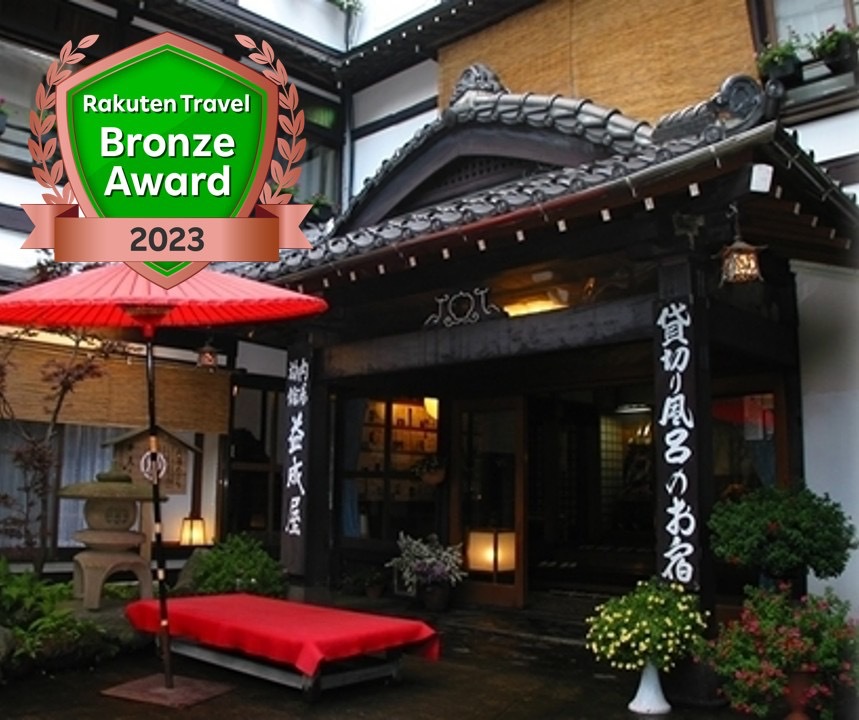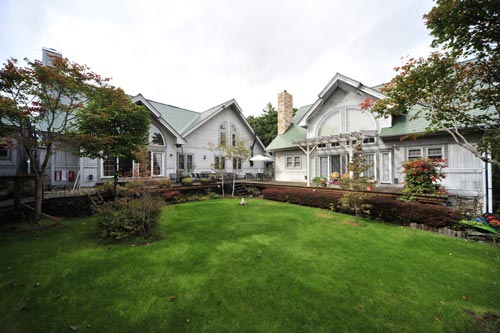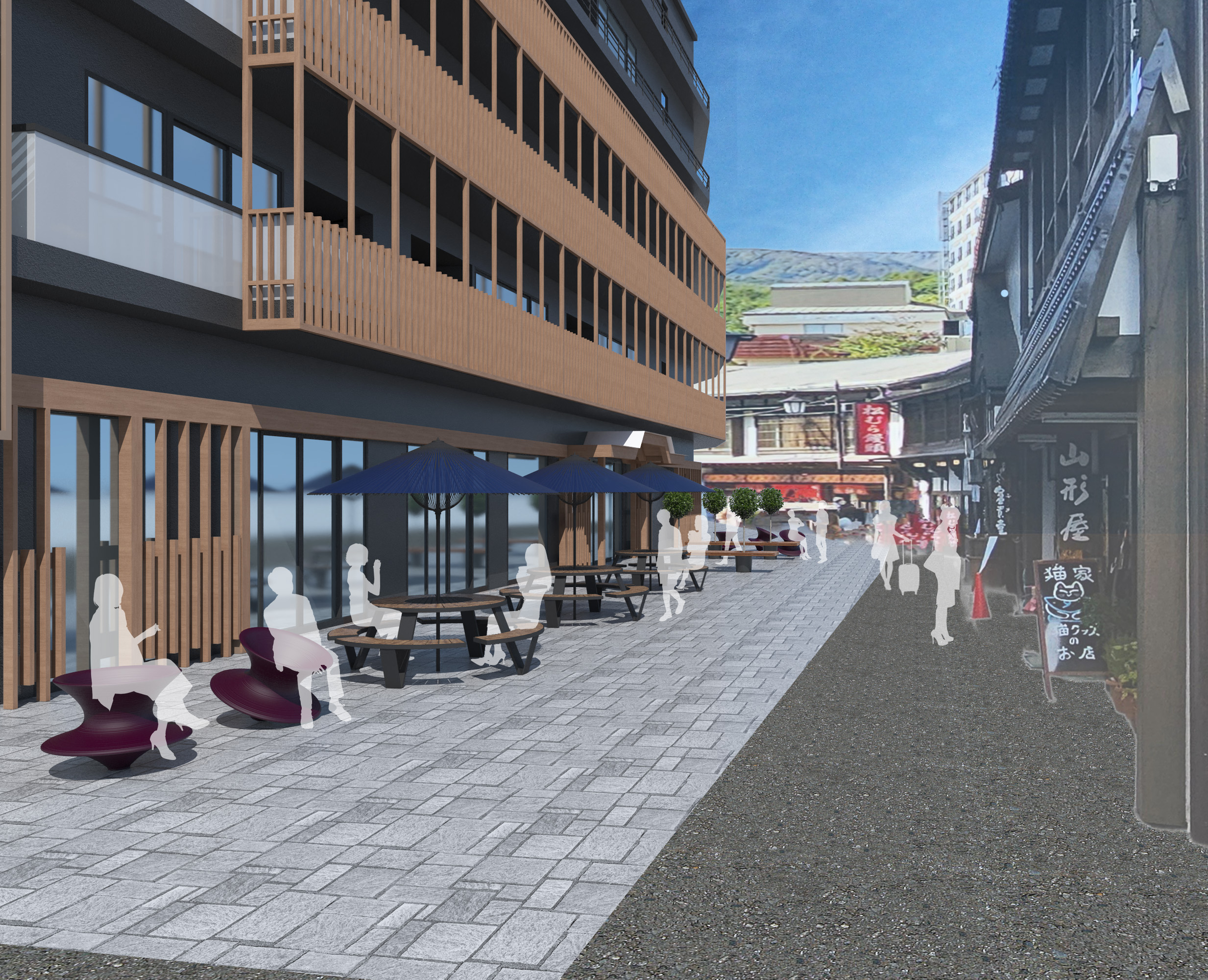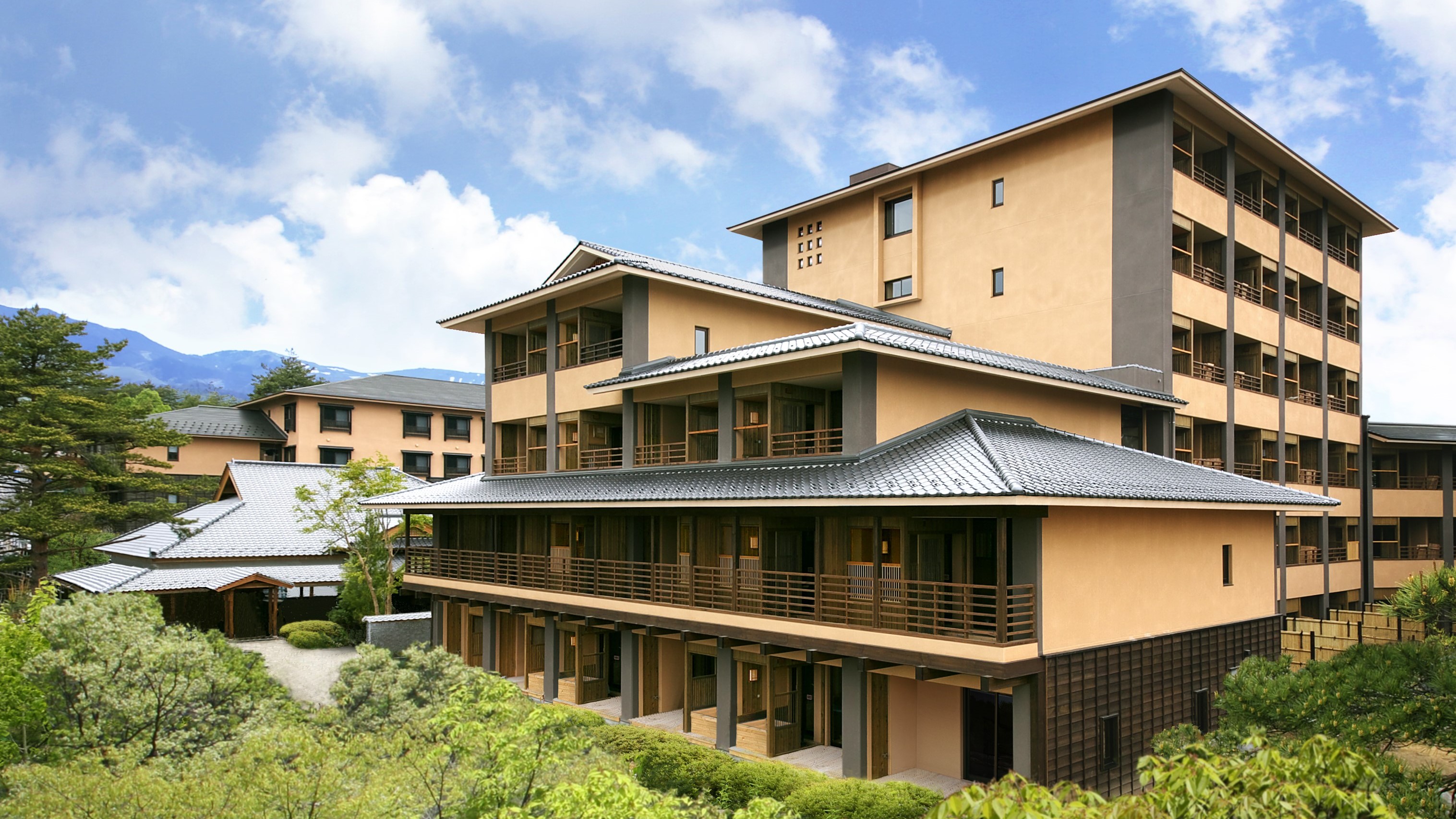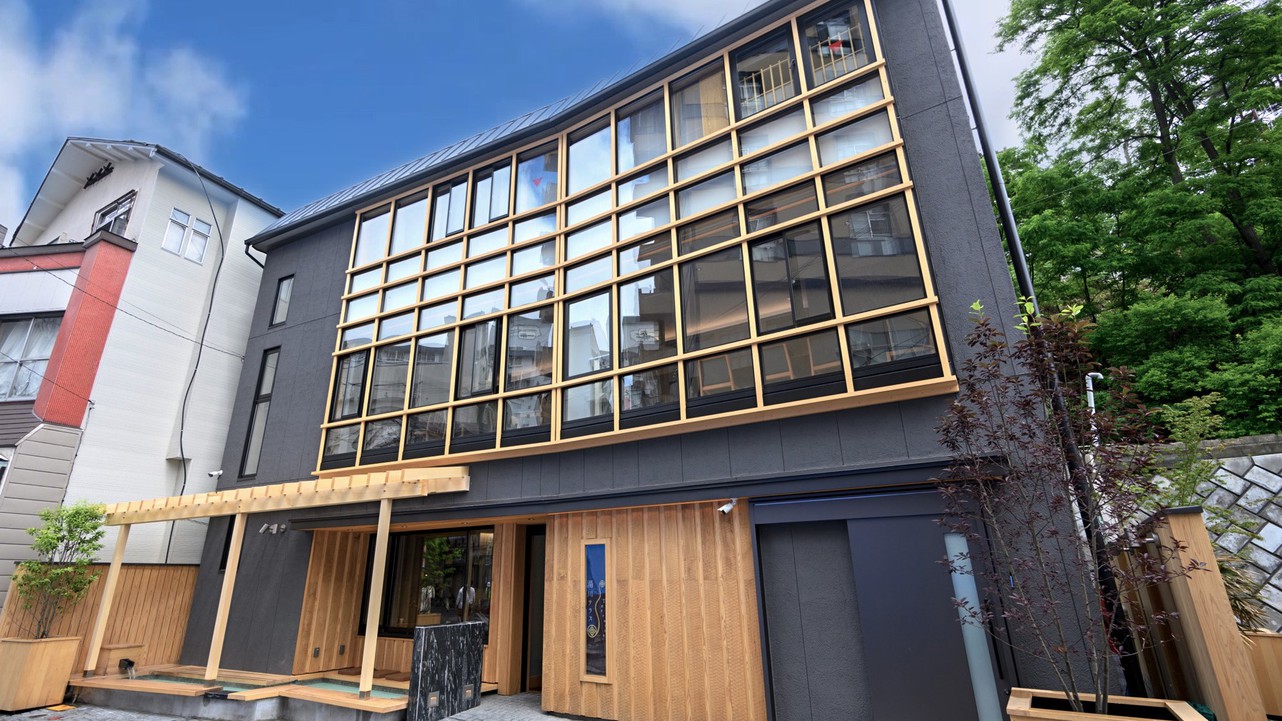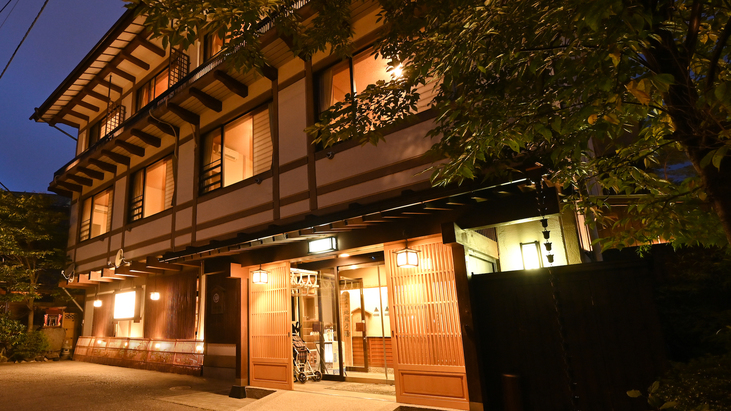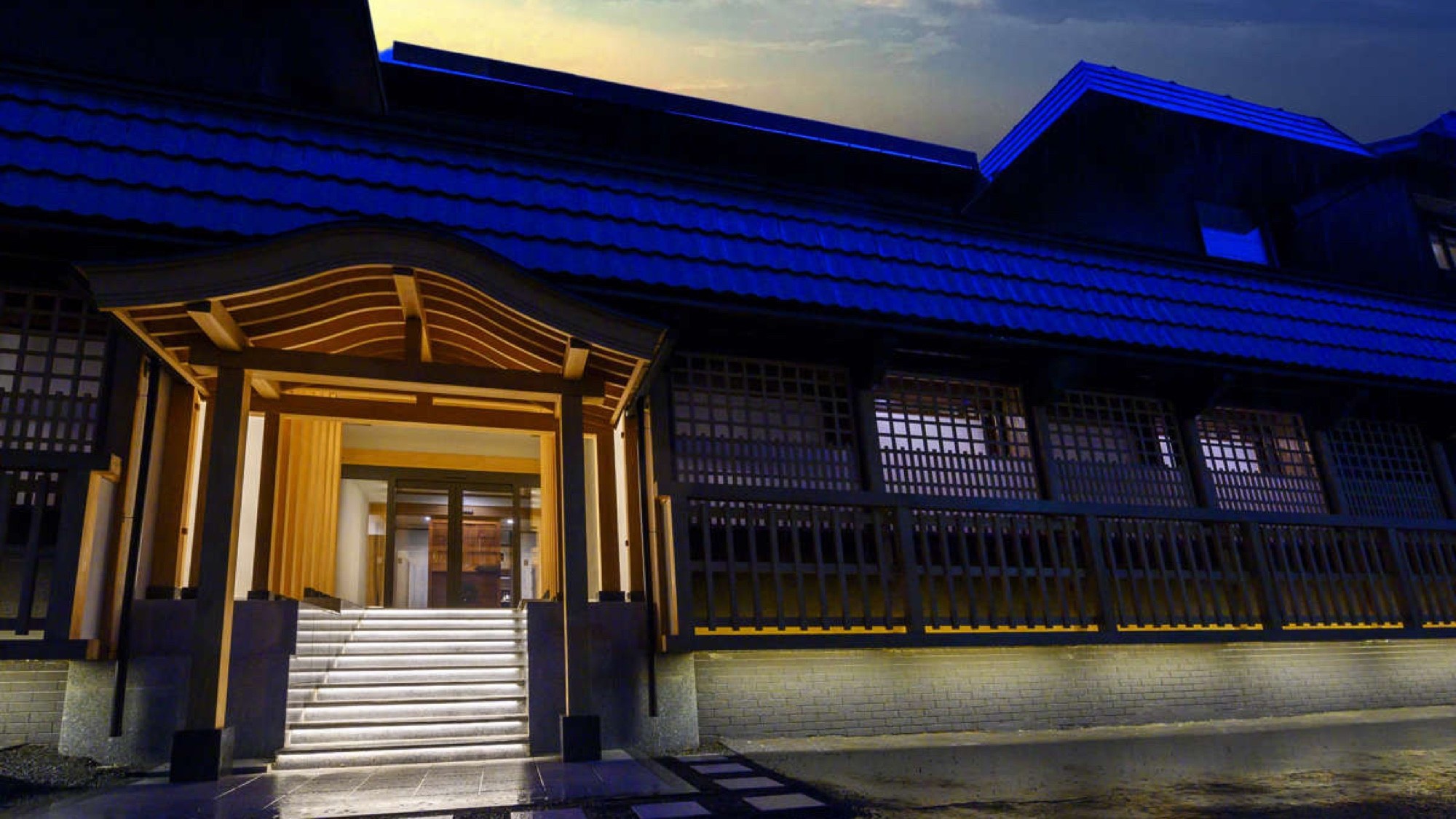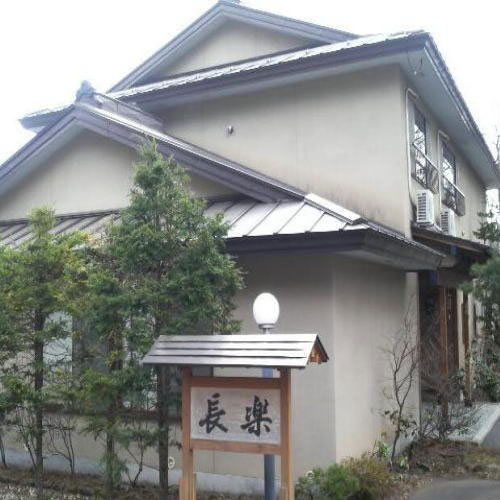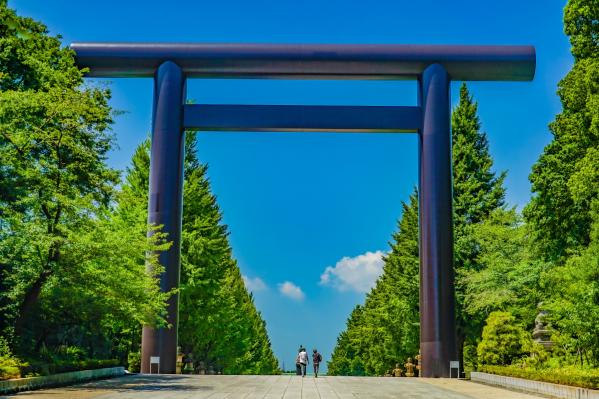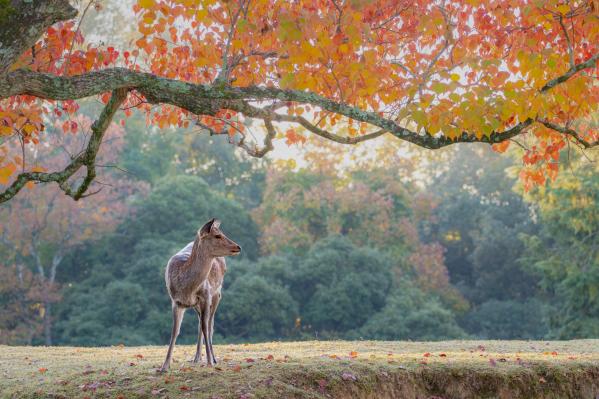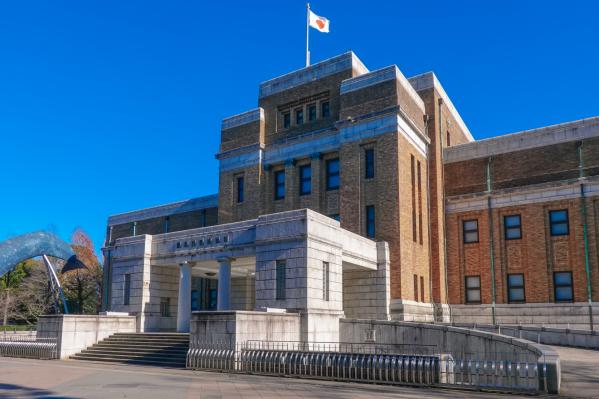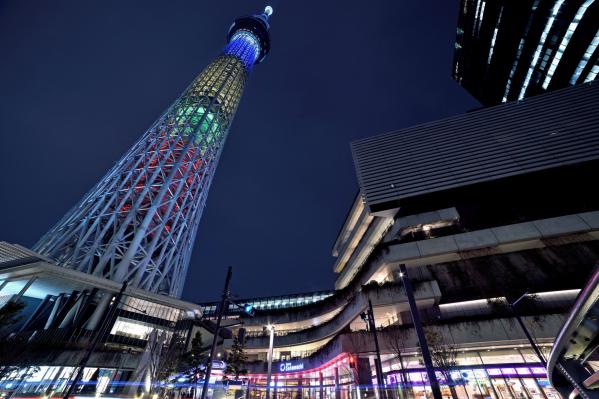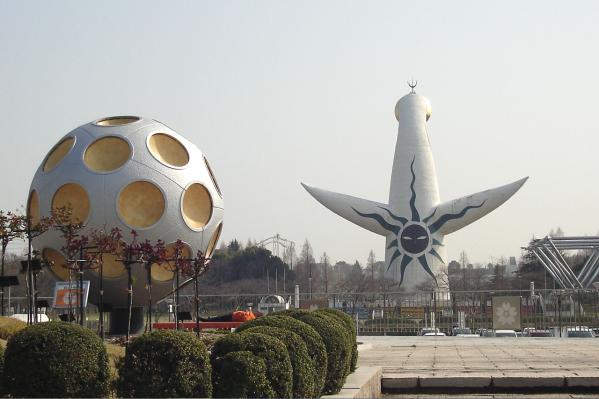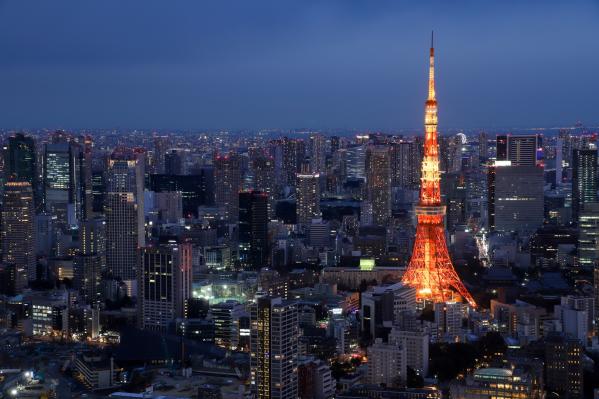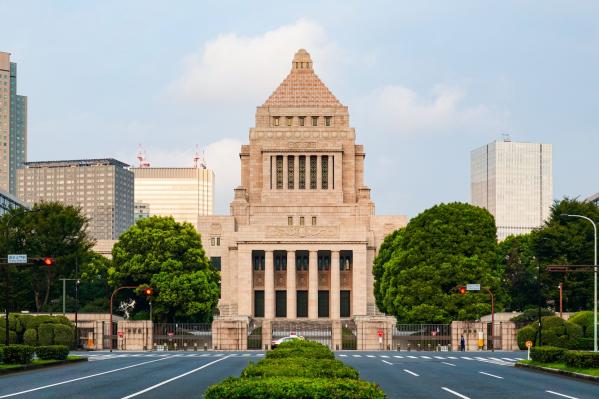
Kusatsu Onsen
A traditional technique called "Yumomi" cannot be missed. This process involves stirring the hot spring water by hand to adjust it to a suitable temperature, and it has become a major attraction for tourists. Notably, there is a unique bathing method known as "Jikan-yu," where bathers immerse themselves simultaneously in the adjusted water for exactly three minutes. This practice is said to maximize the effects of the hot spring.
Kusatsu Onsen has a rich history, with historical figures such as Yamato Takeru and Minamoto no Yoritomo reportedly having visited the area. During the Edo period, it was beloved by poets and writers, attracting many visitors for hot spring cures and sightseeing. In recent years, visitors can enjoy views of the Yubatake from an observation deck, which is beautifully illuminated in the evening.
The water quality is known for its high temperature and strong acidity, with various sources believed to be effective for skin diseases, neuralgia, and rheumatism. There are plenty of accommodations available, and many inns have their own unique sources, allowing guests to enjoy multiple baths.
Kusatsu Onsen, packed with sightseeing, hot spring therapies, history, and culture, is surely a place that will captivate anyone who visits.
Basic Information
- Spot Name
- Kusatsu Onsen
- Location
- 〒377-1711 Oaza Kusatsu, Kusatsu Town, Agatsuma District, Gunma Prefecture
- Access
- From JR Agatsuma Line "Nagano-hara Kusatsu-guchi Station," take the JR Bus bound for "Kusatsu Onsen" for about 25 minutes and get off at "Kusatsu Onsen Bus Terminal," then walk for about 5 minutes.
From JR "Karuisawa" Station, take the bus for approximately 1 hour and 20 minutes, get off at "Kusatsu Onsen Bus Terminal," and walk for about 5 minutes. - Parking
- Please use nearby coin parking and other facilities.
- Business Hours
- 8:30 AM to 6:00 PM (Hours may vary due to events. Please contact us for more information.)
- Contact Information
- Phone Number:0279-88-0800 草津温泉観光協会
- Official Website
Map
Detailed Information
Kusatsu Onsen boasts the highest natural hot spring output in Japan, with more than 32,300 liters flowing per minute, making it one of Japan's three famous hot springs. Its therapeutic waters are renowned for having "a cure for every ailment except lovesickness," highlighting the beneficial properties of its minerals. The sulfurous springs are known for their silky texture and are famous for promoting beautiful skin. As one of Japan’s most acidic hot springs, it has strong antibacterial properties and provides a natural cleansing effect that leads to glowing, radiant skin. Exploring the hot spring town, lined with foot baths, souvenir shops, and restaurants, is also a delightful part of the journey. In addition to the area centering around the symbolic "Yubatake," a new attraction called "Ura-Kusatsu" was established in 2021, just a few minutes on foot from Yubatake, adding to the area’s many highlights.
▶Features of Kusatsu Onsen
All springs at Kusatsu are natural boiling springs with a highly acidic mineral composition. There are said to be several dozen spring sources, some of which are privately owned, but most are owned or managed by the town. The seven representative springs include Bantai Spring, Yubatake Spring, Shirahata Spring, Jizo Spring, Nishi-no-Kawara Spring, Nikawa Spring, and Ne-no-Yu Spring.
▶Mineral Composition
The mineral composition varies slightly among different springs, but the main type is "acidic low-salinity high-temperature spring" with a strong acidity of around pH 2.0. For instance, if a ten-centimeter nail is placed in the hot spring water, it will dissolve completely in about ten days. Among the sources, Bantai Spring is particularly hot at approximately 94.5℃, so a plate-type heat exchanger is used to cool the water to around 54℃ for bathing. Other springs flow at temperatures around 50℃ and have been used for bathing in their natural state for centuries. The Yubatake Spring bubbles up from the town center, delighting visiting tourists. Additionally, the hot spring water is utilized for road de-icing and heating public facilities, highlighting effective use of the hot spring's heat.
▶Public Baths
There are 19 public baths installed at various locations throughout the town, which are open for free use by both residents and tourists.
Kusatsu Onsen Movies
Gunma Tourist Attractions
View ListHaruna Shrine
Haruna Shrine, located on the slopes of Mount Haruna in Takasaki City, Gunma Prefecture, is an ancient shrine believed to have been established during the reign of E...
Konnyaku Park
Konjac Park is a theme park where you can experience the charms of "konjac," a traditional Japanese ingredient. Here, you can enjoy free factory tours to learn about...
Gunma Safari Park
Gunma Safari Park is a vast safari park where about 100 species and 1,000 animals live in an environment close to nature. Visitors can observe lions, zebras, giraffe...
Myogi Shrine
Myogi Shrine is located at the eastern foothills of Myogi Mountain and Hakubun Mountain, famous for its peculiar rocks and formations, surrounded by majestic scenery...
Lockheart Castle
Lockhart Castle is a historic fortress that has been relocated and restored from Scotland. Its beautiful location surrounded by majestic nature has gained attention,...
Fukiware Falls
Fukiwari Falls is a magnificent waterfall that boasts a height of about 7 meters and a width of 30 meters. It gets its name from the appearance of a huge rock that s...
Tomioka Silk Mill
The Tomioka Silk Mill is a government-operated silk-reeling factory established by the Meiji government in 1872. Its goal was to improve the quality of raw silk and ...
Oze National Park
Oze National Park is the largest high-altitude wetland in Honshu, spanning the four prefectures of Gunma, Tochigi, Fukushima, and Niigata. From the snowmelt in May t...









